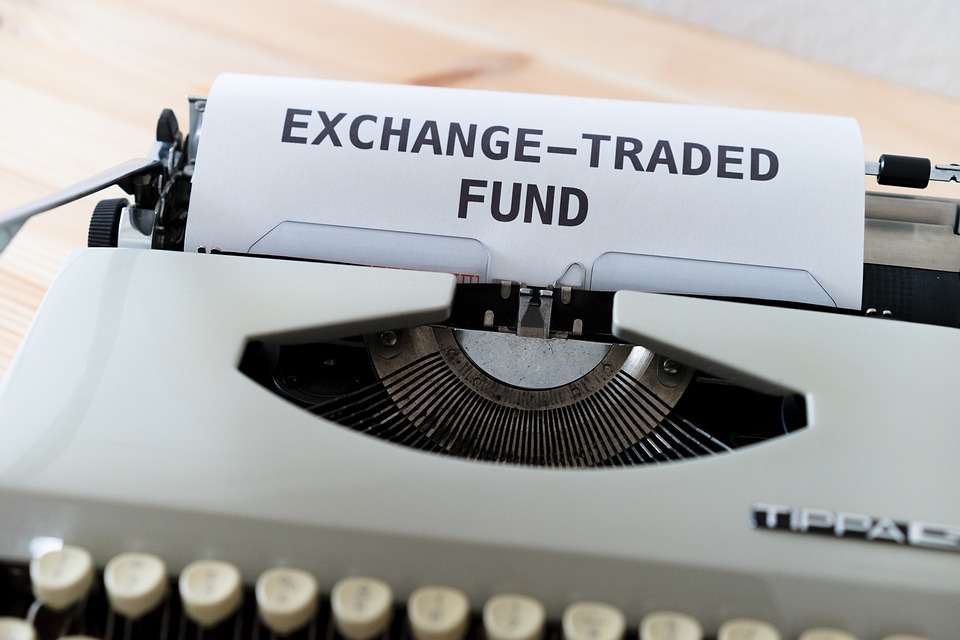ETFs: As Funds Proliferate, Investors Should Keep This In Mind

Image Source: Pixabay
If a new product improves on something by making it cheaper or faster, then there will be demand for that product. Exchange-Traded Funds (ETFs) have made it cheaper and faster to make trades that involve more than just buying or selling a single stock. But just because an ETF exists doesn’t mean it will be suitable for your portfolio.
In the 32 years since the SPDR S&P 500 ETF (SPY) became the first US-listed ETF, the industry has grown significantly, with approximately $12 trillion in assets under management today. According to Morningstar data (first reported by Bloomberg), there are now more ETFs listed on US exchanges than there are individual stocks.
After I read Bloomberg’s article, I posted a chart on X with the caption: “There are now more recipes than there are ingredients.” The post was reposted a couple of hundred times, and it garnered a couple of hundred thousand views. It struck a chord.
On one side, some found the development to be alarming. How could there be more ETFs than there are individual stock tickers? This must be a bubble or some gross distortion that threatens to destabilize markets, right?
On the other side, some saw the news as nothing more than some random milestone in what’s been an inevitable trend. This is the view shared by all of the ETF experts I know.
Dave Nadig, President and Director of Research for ETF.com, said: “Yes, massive product proliferation…But there’s no real meaning to 4K vs. 5K vs. 10K ETFs trading. We've had >8,000 mutual funds since the early 1990s.” Eric Balchunas, Senior ETF Analyst for Bloomberg, offered his own analogy: “There are 12 notes and yet 100 million songs.”
Every investor has different needs and wants. And there are millions of investors. In response to this investor demand, the financial services industry has supplied almost every imaginable trading strategy with low-cost, tax-efficient ETFs.
But to be clear, just because an ETF exists doesn’t mean it will be suitable for your portfolio. Everyone’s got their own tastes and dietary needs.
If you can’t stomach a lot of volatility, then maybe you shouldn’t be in leveraged single-stock ETFs. Similarly, not everyone can handle spicy food.
Perhaps a certain ETF is appropriate, but it shouldn’t dominate your portfolio. Tuna sashimi is tasty, but too much may lead to mercury poisoning.
Bottom line: There’s nothing remarkable about the fact that there are more ETFs than individual securities. But there are some pitfalls to keep in mind.
More By This Author:
Kraft Heinz: What I'm Recommending In The Wake Of Its Break Up NewsROST: Fighting Off Tariff Impacts And Taking Care Of Shareholders
SRV: A High-Yielding Energy Fund For This Post-Powell Market
Disclosure: © 2024 MoneyShow.com, LLC. All Rights Reserved. Before using this site please read our complete Terms of Service, ...
more


